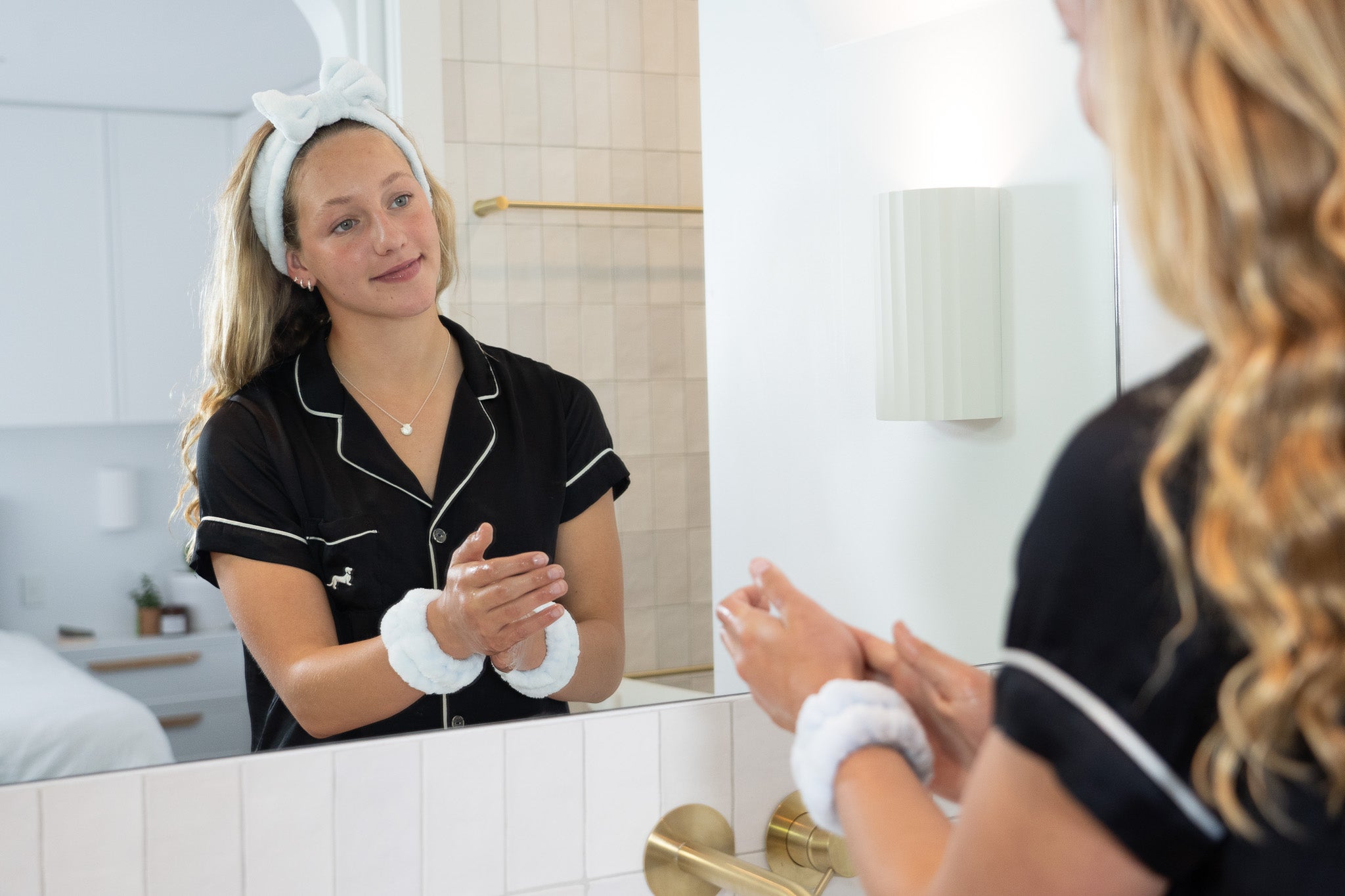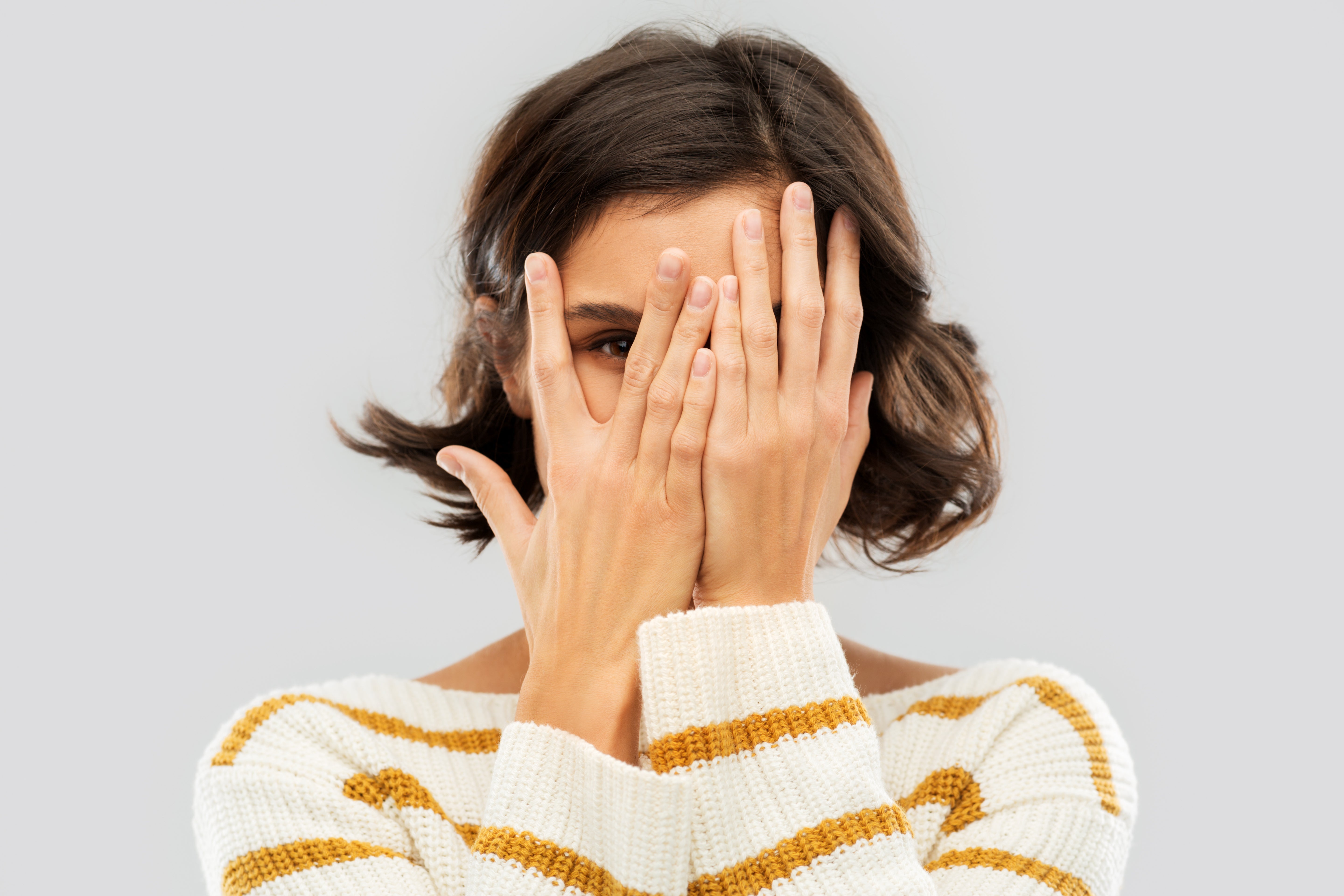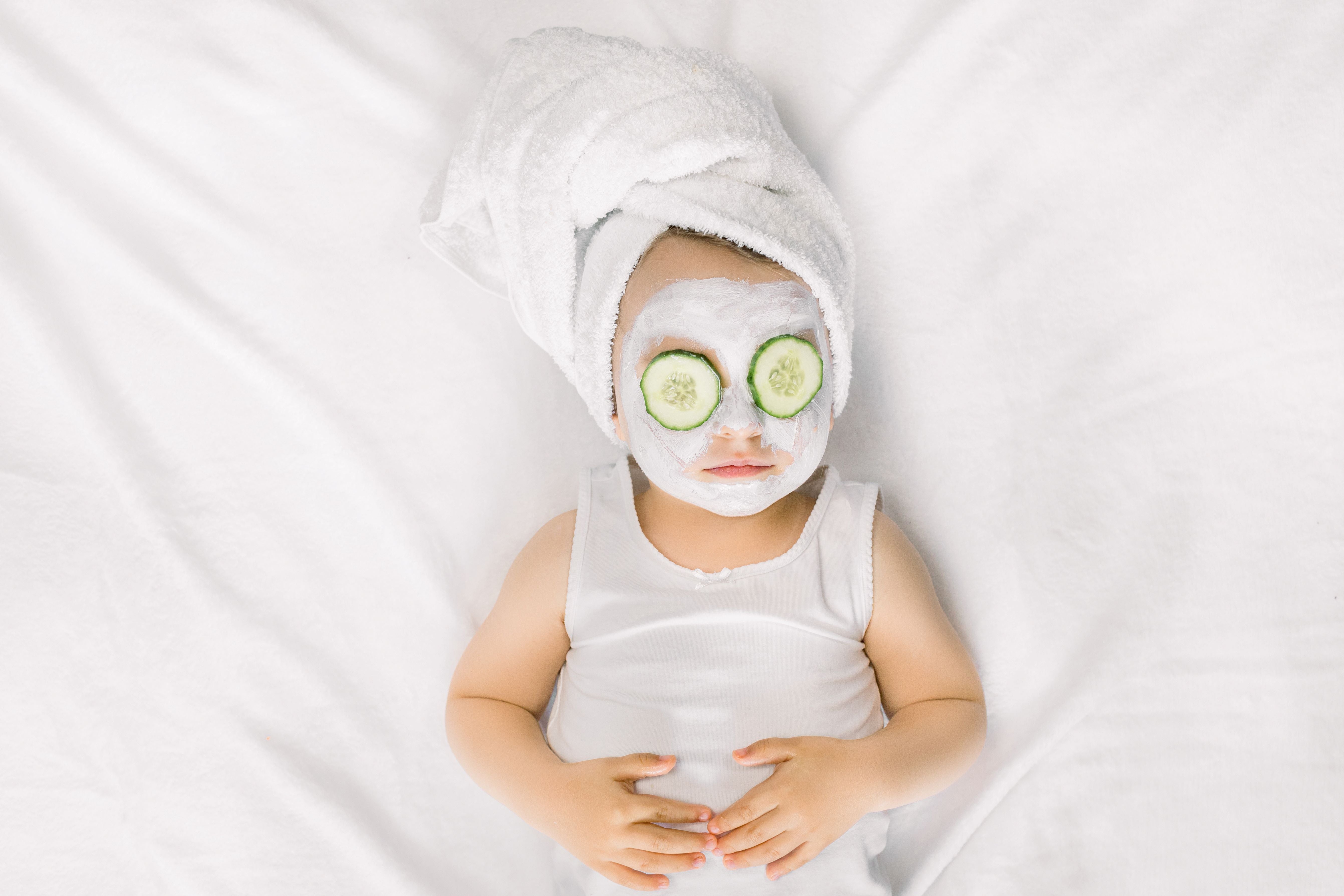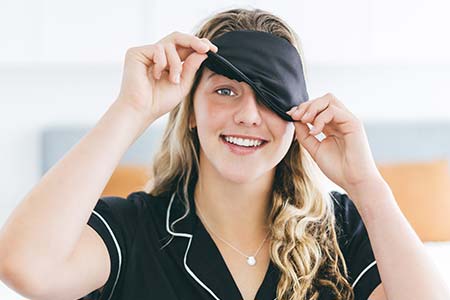Short Stories: Baby got back(ne)!
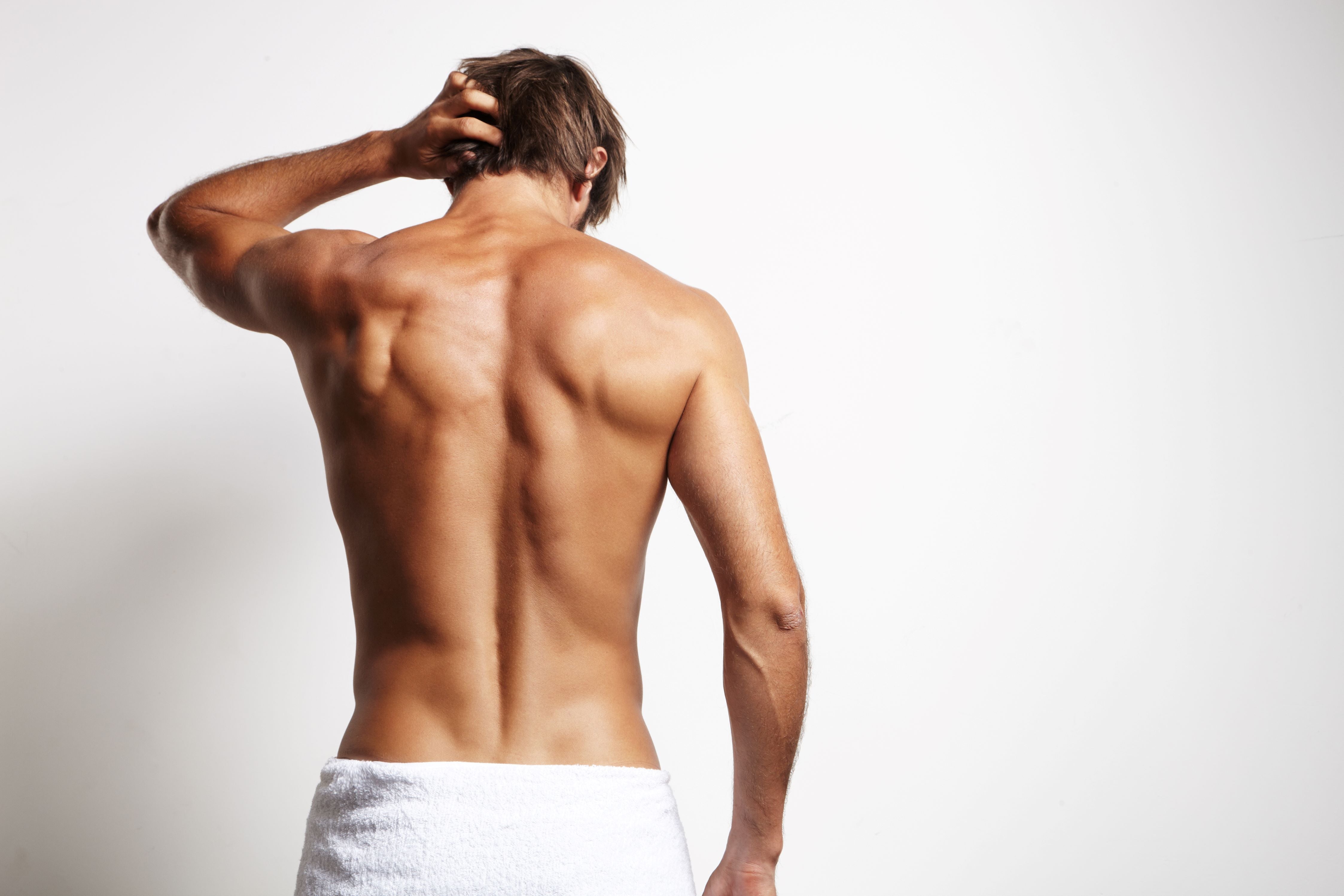
Bacne, short for back acne, is a common skin condition that affects many individuals, particularly teens. It is characterized by the presence of acne lesions on the back, including blackheads, whiteheads, pimples, and cysts. While acne is often associated with the face, acne on other parts of the body such as the back and chest can be just as challenging.
What causes bacne?
Several factors can contribute to the development of bacne. These include genetics, sweat and oil production, friction from clothing, certain medications, and hormonal changes. As we mentioned in last week's Cygnet Story about cleansing, there is a high concentration of sebaceous (oil-producing) glands on the back as well as the face and these glands are under hormonal control. During our teens and even into our 20’s, our hormones are helping our bodies develop (you want those big muscles, right?!) but the flip side is this potential to develop breakouts, including bacne.
How is bacne treated?
Treating bacne is pretty similar to treating breakouts or acne on the face. It involves a combination of proper skincare, lifestyle modifications, and, in some cases, medical intervention (for severe, chronic cases).
1. Proper Cleansing
One of the key steps in treating bacne is maintaining proper hygiene. Use a gentle cleanser specifically formulated for acne-prone skin to wash your back daily. This will help remove excess oil, dirt, and bacteria that can contribute to breakouts.
2. Exfoliation
Regular exfoliation can help unclog pores and prevent new breakouts from forming. Look for exfoliating products containing ingredients like salicylic acid or benzoyl peroxide, which can help to remove dead skin cells and reduce inflammation.
3. Topical Treatments
Applying topical treatments that contain ingredients like retinoids or sulfur can be beneficial in treating bacne. These products can help to reduce oil production, unclog pores, and promote skin cell turnover, leading to clearer skin over time.
4. Lifestyle Changes
Making certain lifestyle changes can also help improve bacne. Avoid wearing tight clothing that can trap sweat and bacteria against your skin. Shower after sweating and avoid using harsh or fragranced body products that can irritate the skin. Be sure to change your sheets and towels regularly so they don't harbour bacteria that can cause breakouts.
5. Professional Treatments
If over-the-counter treatments are not effective, consider seeking help from a GP or dermatologist. They may recommend prescription medications, such as oral antibiotics or topical retinoids, or procedures like chemical peels or laser therapy to help clear up stubborn bacne.
Always remember that everyone's skin is different and while bacne might be frustrating, consistent skincare will often be enough to control and treat breakouts. With skin, we are always playing the long game so be patient!
